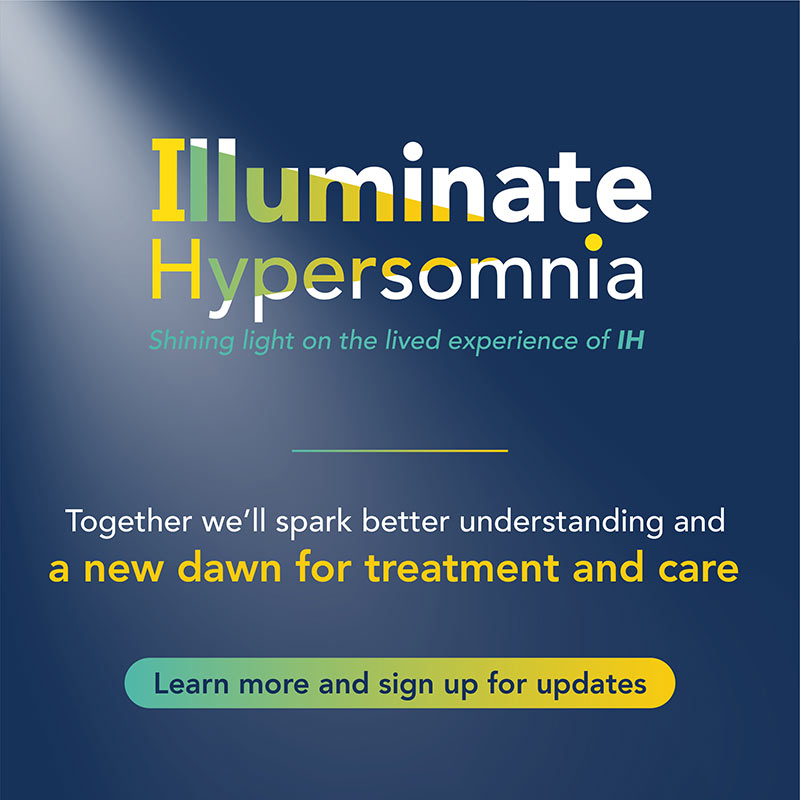Central Disorders of Hypersomnolence
Idiopathic Hypersomnia
Background
Idiopathic hypersomnia (IH) is a sleep disorder in which the affected individual has prolonged sleep or daytime sleepiness. About half of people with IH have sleep inertia, during which they have difficulty waking up, frequently return to sleep, are quite irritable, and have automatic behaviors and confusion. Many people with IH have headaches, orthostatic hypotension, difficulty regulating their temperature, and Raynaud syndrome (all symptoms of a disturbance in the autonomic nervous system). Some people may have sleep paralysis or hypnagogic hallucinations.
Epidemiology
A study of medical and prescription claims in 2016 found the rate of IH to be about 10 per 100,000 people.2
Diagnosis
A diagnosis of IH requires that the following 6 criteria be met.5
- The person has daily periods of uncontrollable sleepiness or falling asleep that have lasted for at least 3 months.
- The person does not have cataplexy.
- A standard MSLT shows no more than 1 SOREMP or no SOREMPs if the onset of REM onset was shorter than 15 minutes on polysomnography.
- Either of these must be present:
- Sleep occurred within 8 minutes on MSLT.
- 24-hour polysomnography or actigraphy shows a total sleep time of at least 660 minutes.
- The person does not have insufficient sleep syndrome.
- No drug or medication or other untreated sleep, medical, psychiatric, or neurologic disorder better explains the sleepiness or findings on MSLT.
1. Silber MH, Krahn LE, Olson EJ, Pankratz VS. The epidemiology of narcolepsy in Olmsted County, Minnesota: a population-based study. Sleep. 2002;25(2):197-202.
2. Acquavella J, Mehra R, Bron M, Suomi JM, Hess GP. Prevalence of narcolepsy and other sleep disorders and frequency of diagnostic tests from 2013-2016 in insured patients actively seeking care. J Clin Sleep Med. 2020;16(8):1255-1263.
3. Kallweit U, Nilius G, Trumper D, Vogelmann T, Schubert T. Prevalence, incidence, and health care utilization of patients with narcolepsy: a population-representative study. J Clin Sleep Med. 2022.
4. Scheer D, Schwartz SW, Parr M, Zgibor J, Sanchez-Anguiano A, Rajaram L. Prevalence and incidence of narcolepsy in a US health care claims database, 2008-2010. Sleep. 2019;42(7).
5. American Academy of Sleep Medicine. International Classification of Sleep Disorders. Darien, IL: American Academy of Sleep Medicine, 3rd ed.; 2014.
6. Liu Y, Wheaton AG, Chapman DP, al. e. Prevalence of healthy sleep duration among adults: United States, 2014. Morbidity and Mortality Weekly. 2016;65(6):137-141.

